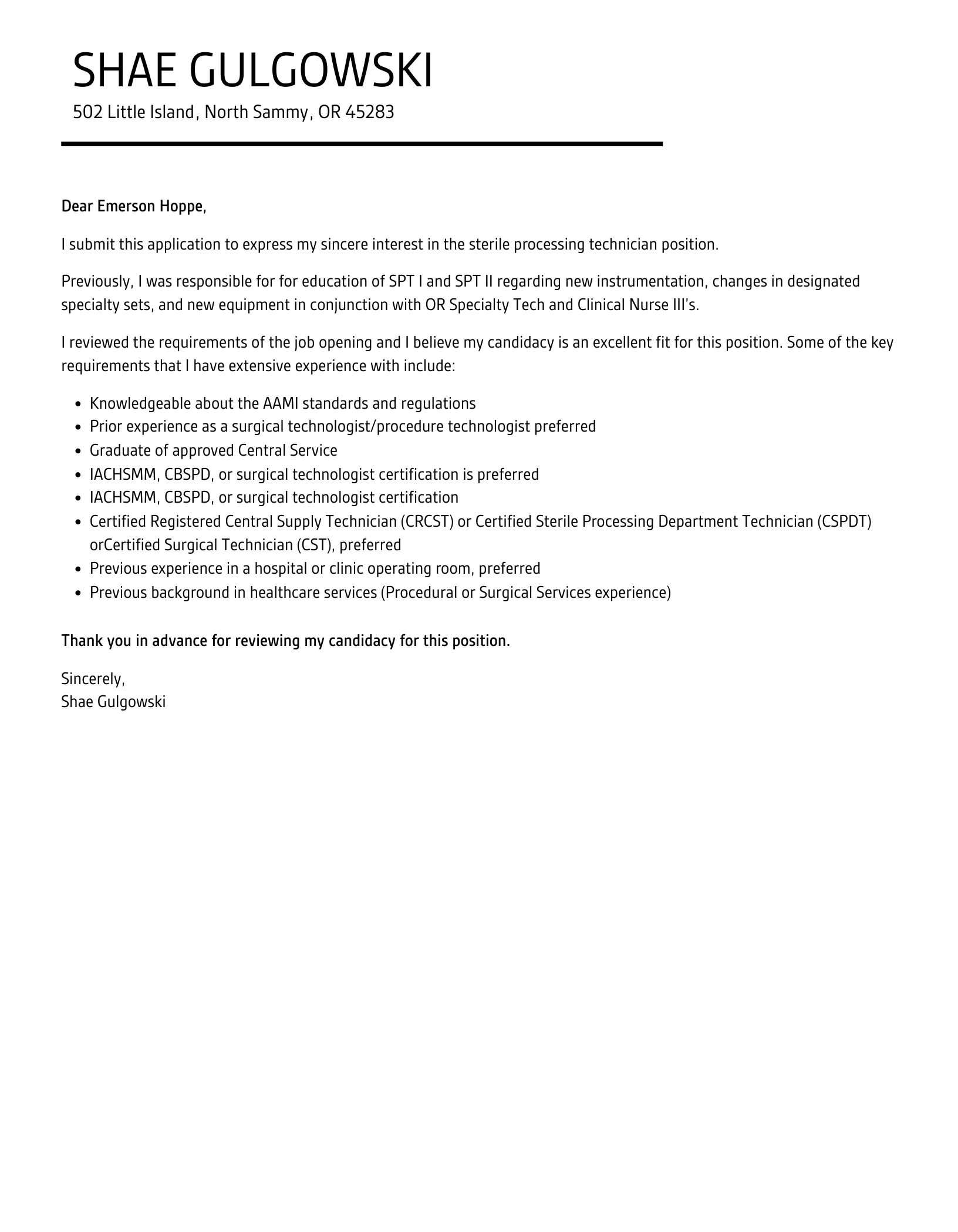What is a Sterile Processing Cover Letter
A sterile processing cover letter is a crucial document that accompanies your resume when applying for a sterile processing technician or related role. It serves as your introduction to the hiring manager, providing an opportunity to highlight your skills, experience, and passion for the field. This letter allows you to showcase your personality and explain why you are the ideal candidate for the position. Unlike a resume, which lists facts, the cover letter is where you demonstrate your communication skills and explain why your qualifications align with the specific job requirements. Crafting a compelling cover letter can significantly increase your chances of securing an interview and ultimately, landing your desired job in sterile processing.
Purpose of a Sterile Processing Cover Letter
The primary purpose of a sterile processing cover letter is to persuade the hiring manager that you are the best fit for the role. It’s your chance to make a strong first impression and differentiate yourself from other applicants. A well-written cover letter should convey your enthusiasm for the position, demonstrate your understanding of the role’s responsibilities, and emphasize your relevant skills and experiences. It also provides an opportunity to address any potential gaps in your resume or explain unique circumstances. By clearly articulating your qualifications and expressing your interest in the specific organization, you increase the likelihood of your application being noticed and considered seriously.
Key Components of a Sterile Processing Cover Letter
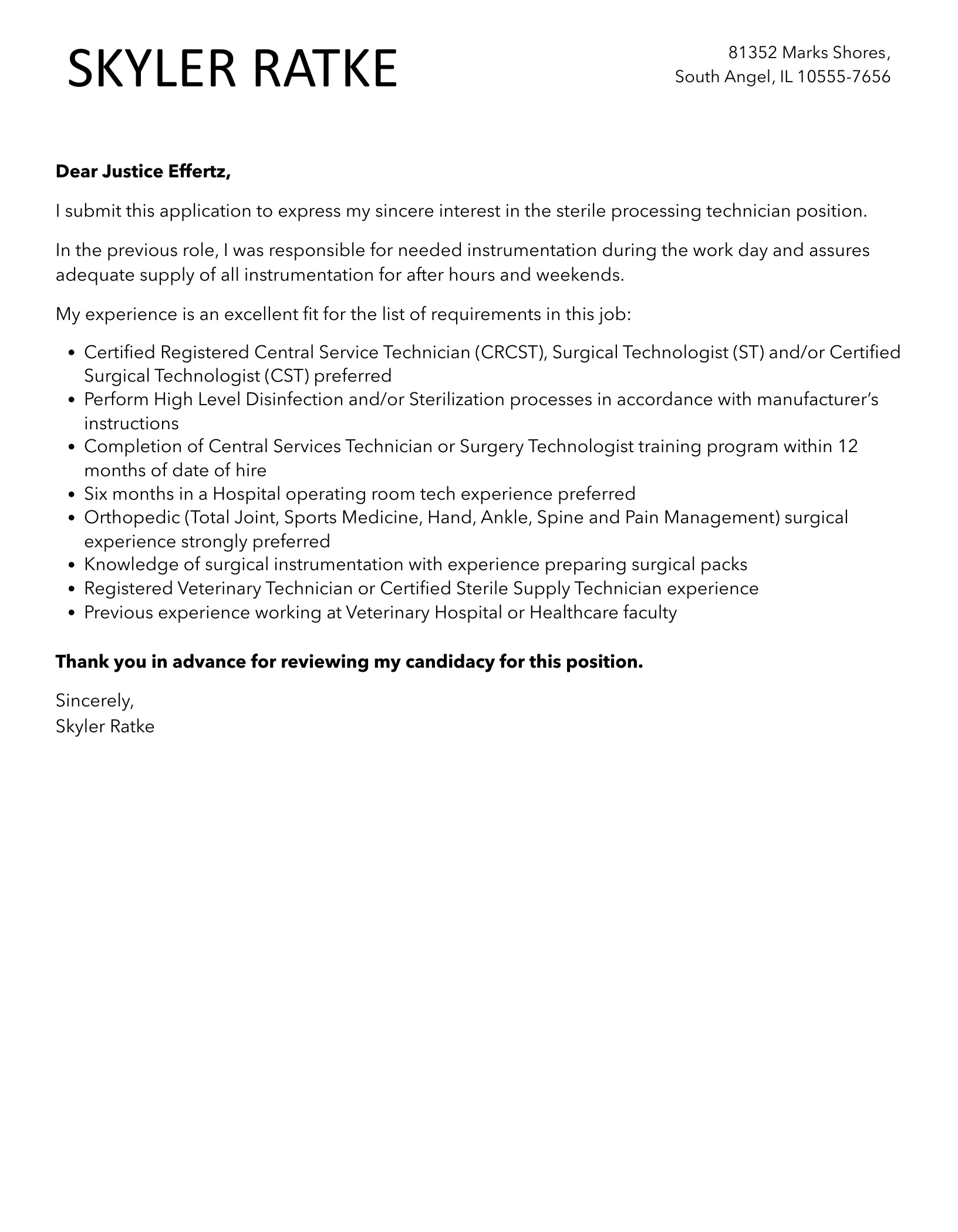
Header and Contact Information
Begin your cover letter with a professional header that includes both your contact information and the hiring manager’s details. This sets a formal tone and makes it easy for the recruiter to reach you. Ensure that all information is accurate and up-to-date. An organized header demonstrates your attention to detail, a crucial skill in sterile processing, where precision and accuracy are paramount. The header should be clear and easy to read, making a positive first impression with its professional layout. It’s also important to use a consistent font and style throughout the entire document.
Applicant’s Contact Information
At the top of your cover letter, include your full name, address, phone number, and email address. Double-check the accuracy of your contact details to ensure the hiring manager can easily reach you. Using a professional email address is crucial; avoid informal or unprofessional email handles. Your contact information should be clearly displayed and easily accessible, usually aligned to the left or right of the page. Ensure the phone number is one you regularly monitor, and the voicemail is set up professionally. This section is your direct link to potential employers, so treat it with the utmost care and attention.
Hiring Manager’s Contact Information
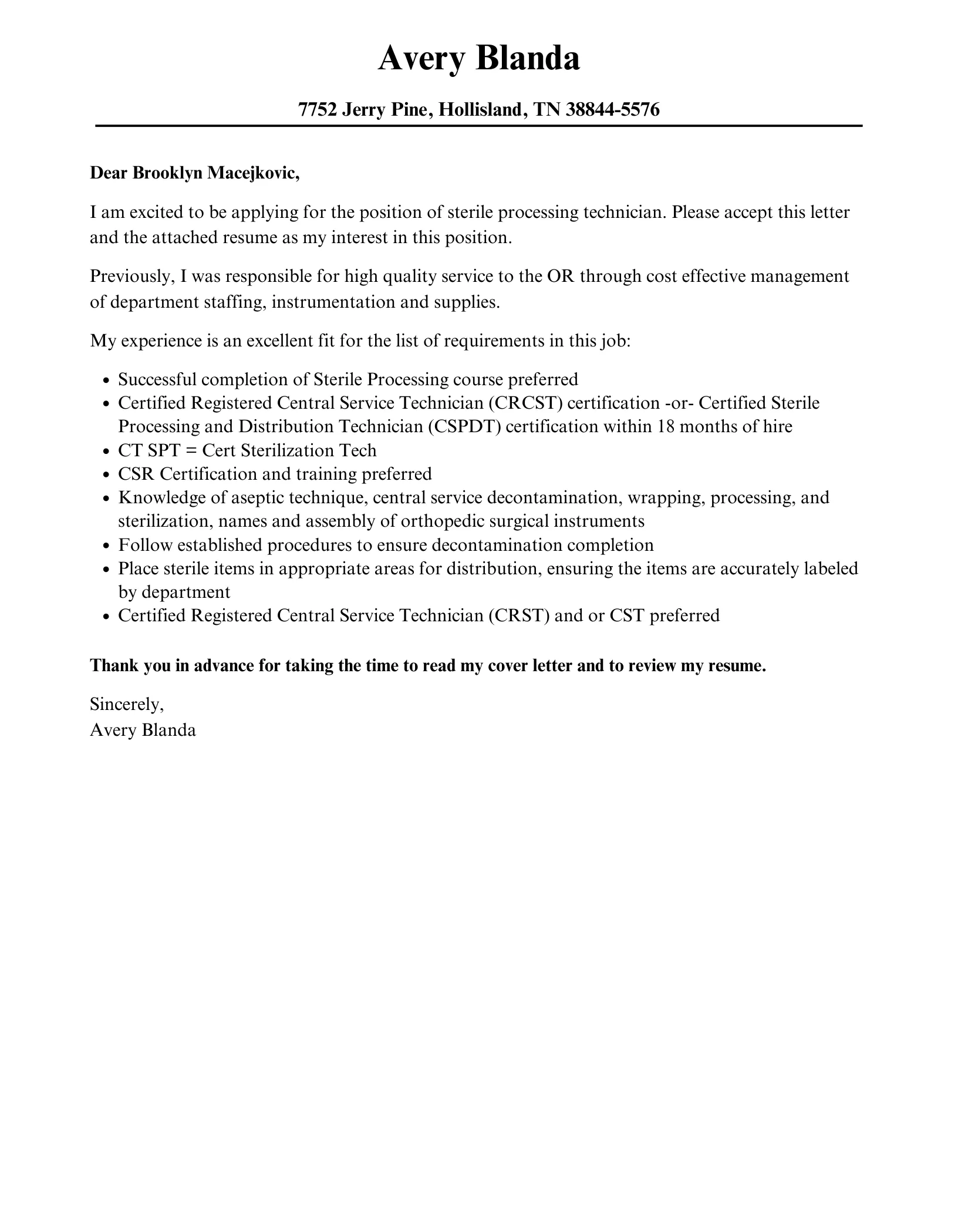
Directly below your contact information, include the hiring manager’s name, title, and the company’s address. Researching the hiring manager’s name shows initiative and demonstrates your genuine interest in the position. If you are unable to find the hiring manager’s name, use a general title like ‘Hiring Manager’ or ‘Recruiting Team.’ This detail personalizes your cover letter and shows you have taken the time to understand the company. Always verify the accuracy of the information, as addressing the letter to the wrong person or providing an incorrect address can reflect poorly on your attention to detail.
Salutation
The salutation sets the tone for your cover letter. Use a professional greeting such as ‘Dear Mr./Ms./Mx. [Last Name]’ if you know the hiring manager’s name. If you are unsure, use ‘Dear Hiring Manager’ or ‘Dear Recruiting Team.’ Avoid generic greetings like ‘To Whom It May Concern,’ as they can make your letter feel impersonal. The salutation is your first chance to create a positive impression, so it is essential to be both formal and respectful. Ensure you address the hiring manager correctly; if you’re unsure about their preferred title, err on the side of formality.
Body Paragraph 1 Introduce Yourself
In the first paragraph, introduce yourself and clearly state the position you are applying for. Mention where you found the job posting. Briefly highlight your most relevant qualification or the skill that makes you stand out. Express your enthusiasm for the role and the company. Keep this section concise and to the point, focusing on making a strong first impression. This paragraph should capture the reader’s attention and encourage them to continue reading. A well-crafted introduction sets the stage for the rest of your cover letter.
Highlight Relevant Skills & Experience
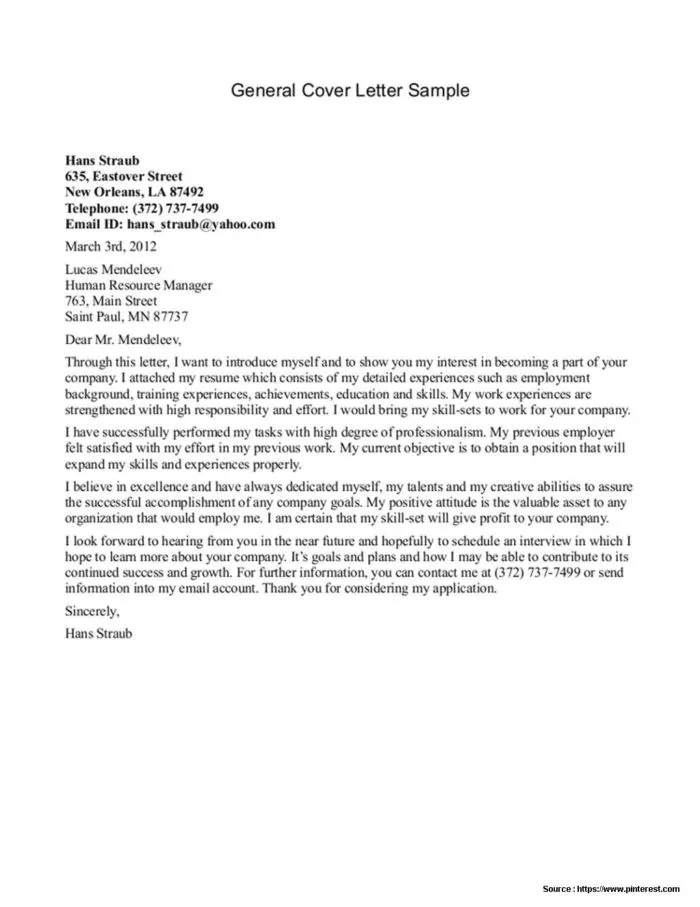
The body of your cover letter is where you showcase your skills and experience. Align your qualifications with the requirements listed in the job description. Provide specific examples of your skills, such as decontamination, sterilization, and instrument processing. Emphasize any certifications or specialized training you possess. Use action verbs to describe your accomplishments and responsibilities. Tailor this section to each specific job, focusing on the most relevant aspects of your background. Demonstrating how your skills match the needs of the position significantly increases your chances of being selected for an interview. Remember, the goal is to demonstrate how your qualifications align with the job requirements, using clear, concise language.
Body Paragraph 2 Showcase Achievements
In the second paragraph, provide examples of your achievements in previous roles. Focus on quantifiable results whenever possible, such as the number of instruments processed or improvements in efficiency. Explain how your actions benefited your previous employers. Use the STAR method (Situation, Task, Action, Result) to structure your examples. Describe the situation, the task you were assigned, the actions you took, and the positive results. This format allows you to present your achievements in a clear and compelling manner, making your cover letter more memorable. Illustrating your past successes in this way strengthens your application, showing the hiring manager the value you bring to their team. Remember, concrete examples are far more persuasive than vague statements.
Quantify Accomplishments
Whenever possible, quantify your achievements to make them more impactful. Use numbers and statistics to demonstrate your contributions. For example, instead of saying ‘Improved efficiency,’ state ‘Increased instrument processing efficiency by 15%.’ Quantifying your accomplishments provides concrete evidence of your abilities and makes your achievements more credible. This is particularly important in sterile processing, where precision and efficiency are critical. Providing measurable results shows the hiring manager that you can positively impact their department and contribute to its success. Always ensure your data is accurate and reflects your true accomplishments.
Body Paragraph 3 Express Enthusiasm & Fit
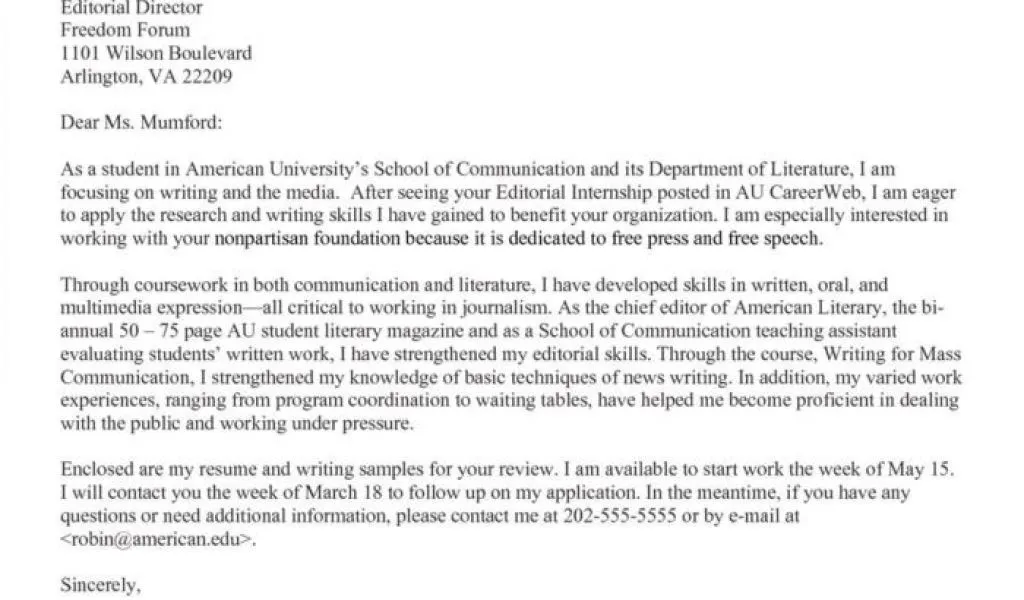
In your third paragraph, express your enthusiasm for the specific position and the organization. Explain what interests you about the company and the role, referencing your research and knowledge of their mission or values. Highlight how your career goals align with the company’s objectives. This demonstrates that you are not just looking for any job, but that you are genuinely interested in this specific opportunity. Show that you have taken the time to understand the organization and that you see yourself as a good fit for their culture. Expressing your genuine interest can significantly enhance your application and improve your chances of being selected for an interview.
Closing & Call to Action
In your closing paragraph, summarize your interest in the position and reiterate your key qualifications. Include a clear call to action, such as ‘I am eager to discuss my qualifications further in an interview.’ Thank the hiring manager for their time and consideration. Express your anticipation of hearing from them soon. End with a professional closing, such as ‘Sincerely’ or ‘Respectfully,’ followed by your full name. The closing should be polite and professional, leaving a positive final impression. This ensures that your cover letter ends on a strong note and encourages the hiring manager to take the next step in the hiring process.
Formatting Your Sterile Processing Cover Letter
Font and Size
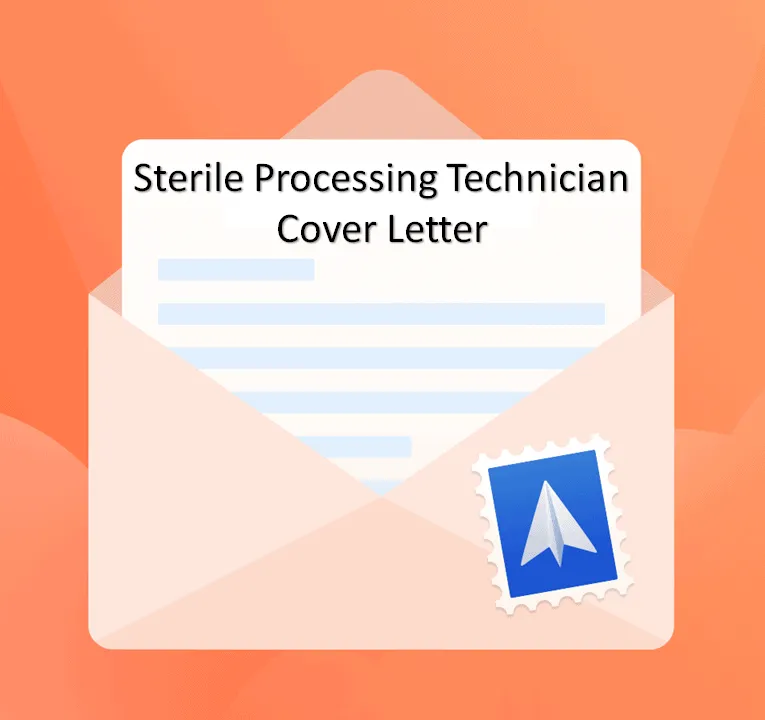
Choose a professional and easy-to-read font, such as Times New Roman, Arial, or Calibri. Maintain a consistent font throughout the entire cover letter. Use a font size between 10 and 12 points for the body text, ensuring the text is legible. Avoid using overly decorative or unconventional fonts, as they can detract from the professionalism of your letter. Proper formatting with a clean font enhances readability, making it easier for the hiring manager to focus on your qualifications. Stick to standard fonts to maintain a professional appearance.
Margins and Spacing
Set standard 1-inch margins on all sides of your cover letter to ensure the text is well-balanced on the page. Use single or 1.15 line spacing for the body of the letter. Use a double space between paragraphs to improve readability. Proper margins and spacing create a visually appealing and organized document. This makes it easier for the hiring manager to read and digest the information presented. Ensure the cover letter is not too crowded, allowing ample white space to prevent it from appearing overwhelming. Good formatting demonstrates attention to detail, a valuable asset in sterile processing.
Proofreading and Editing
Before submitting your cover letter, carefully proofread it for any grammatical errors, spelling mistakes, and punctuation issues. Ensure the language is clear, concise, and professional. Ask a friend or career advisor to review your cover letter for feedback. Proofreading is critical, as errors can reflect negatively on your attention to detail and professionalism. A polished cover letter will help you make a strong impression. Take your time, read it aloud, and use spell-check and grammar-check tools. It is always beneficial to have a second pair of eyes review your document for any errors that you might have missed.
